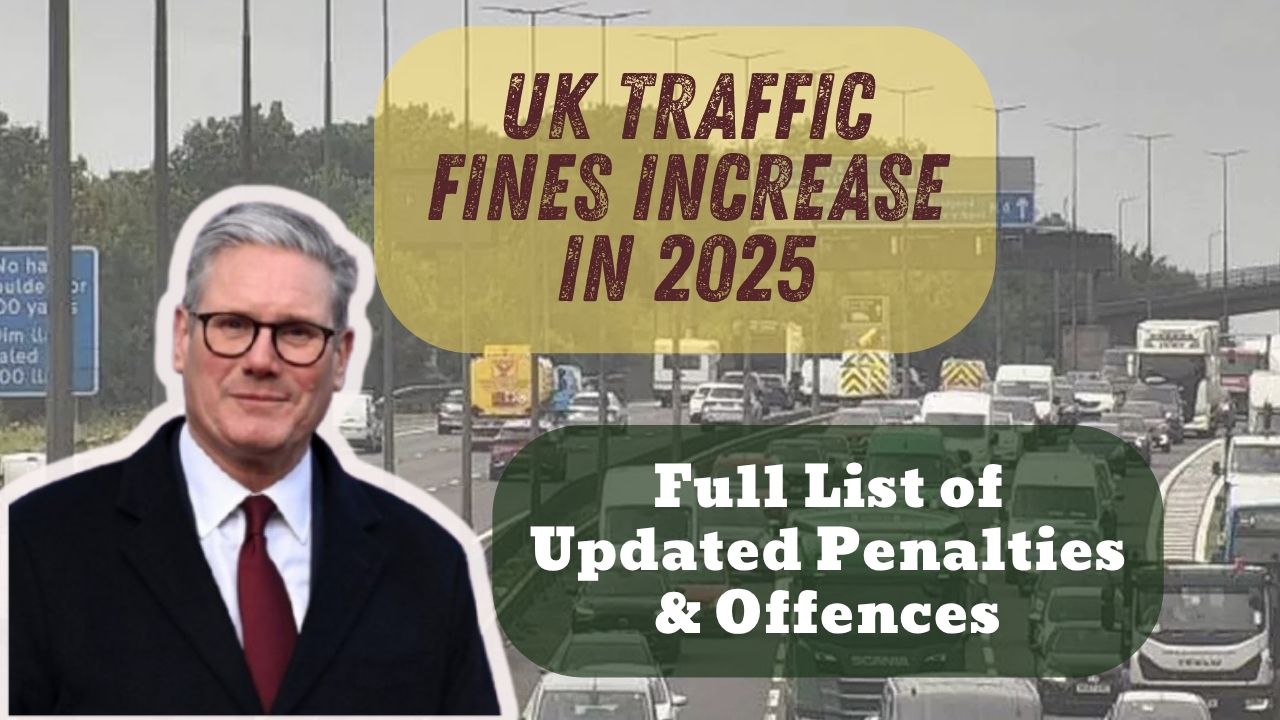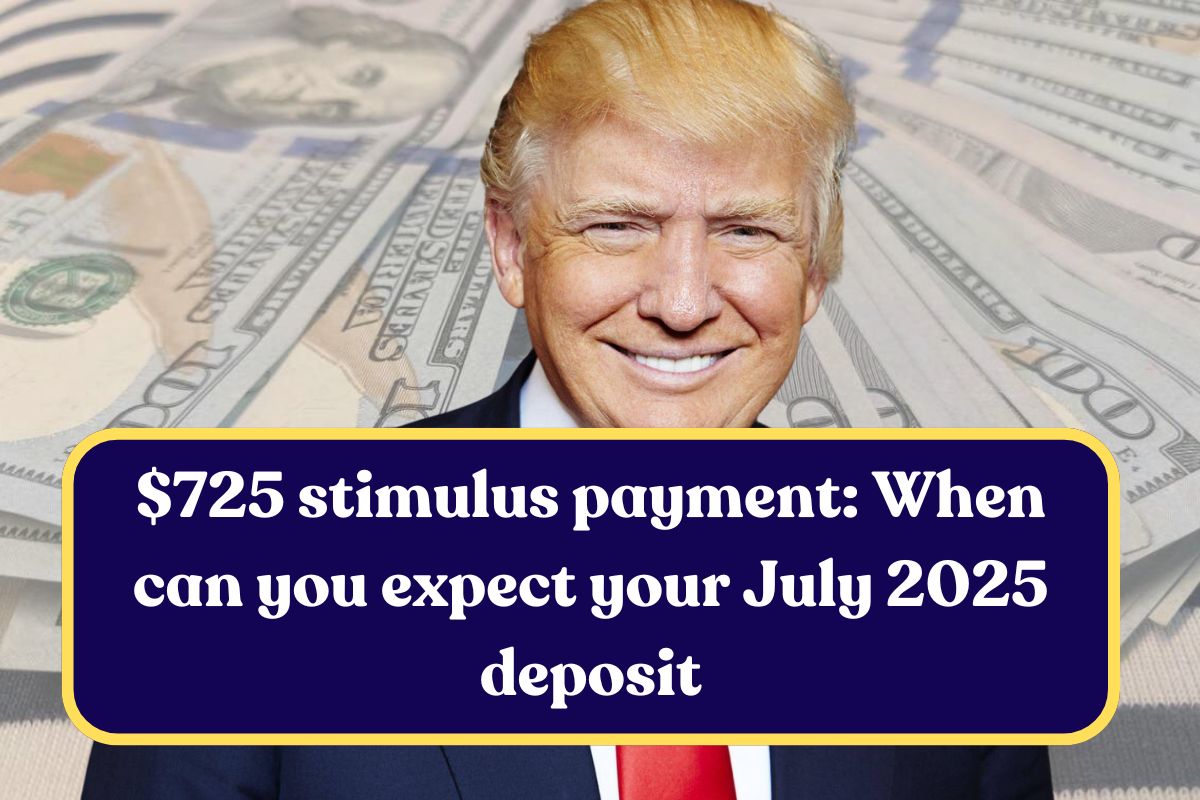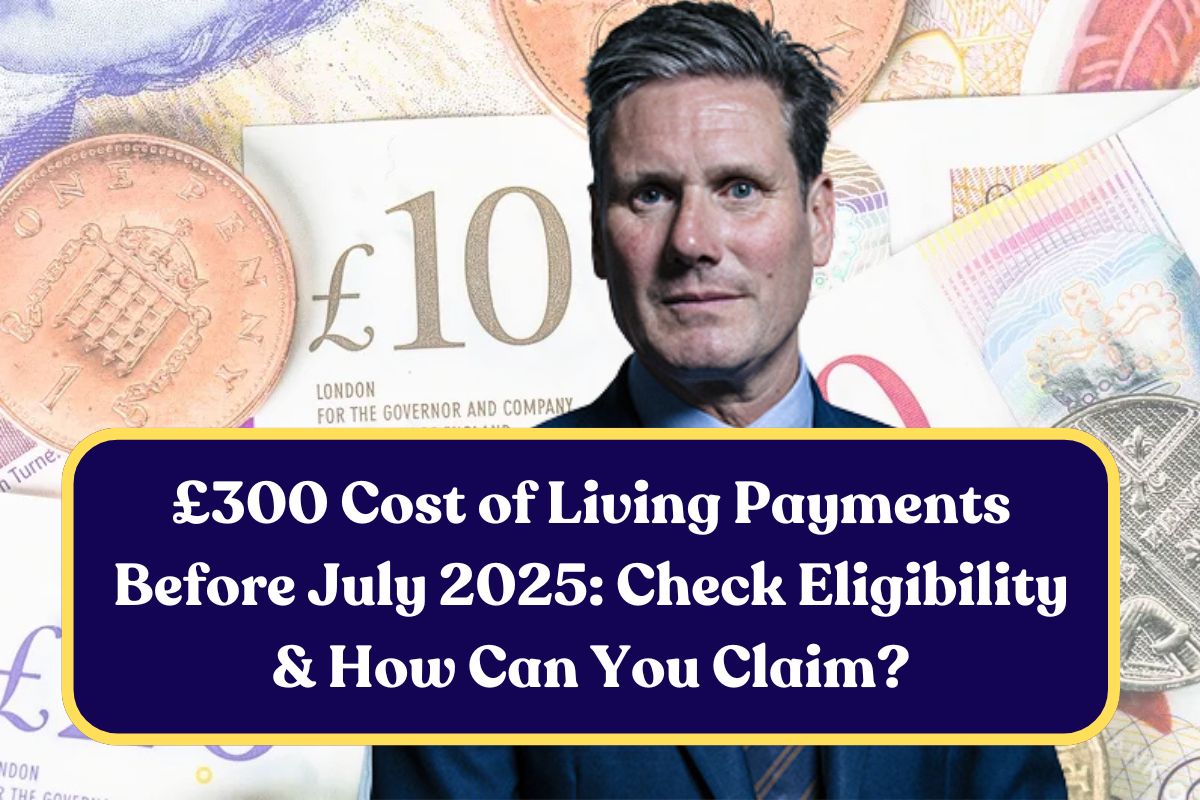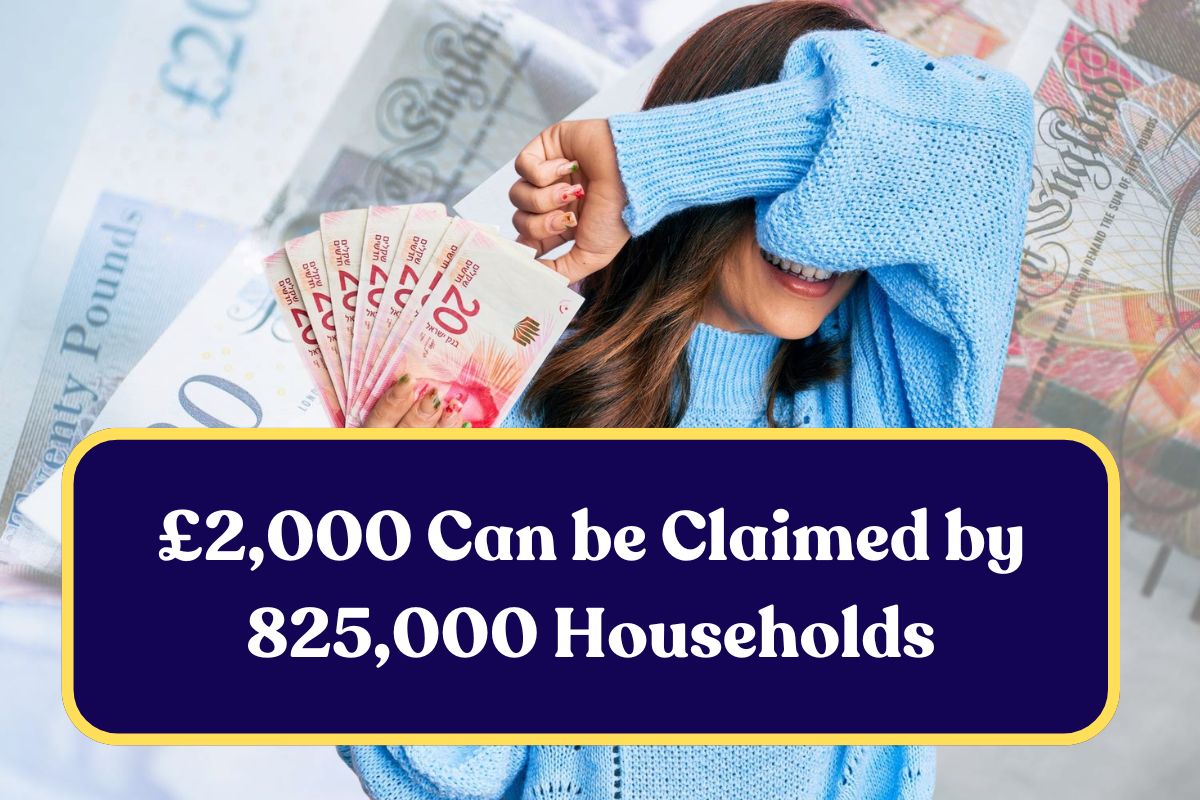Millions of people across the UK are going through a tough time due to rising bills, grocery costs, rent hikes, and inflation, which have made their living conditions difficult. The UK government has recently announced a £1,200 payment boost to reduce financial strain and provide relief to financially vulnerable families.

This payment is divided into different benefits that you do need to apply for most of these payments. The DWP payment will be paid automatically into your account. This is good news for all beneficiaries living in the UK, but before receiving this payout, you need to understand what the payment is, who qualifies, and the payment schedule.
£1,200 DWP Payment Boost Surprised Millions
The £1200 boost payment is not a one-time payment or a new scheme. Instead, it is a combination of further targeted financial support measures that ensure assistance for low-income families and pensioners, and households. The applicant can reach a total of £1200 over the financial year, which depends on their circumstances.
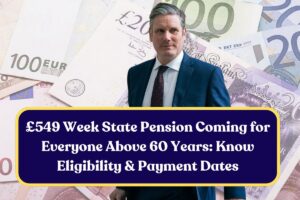
It includes a mix of Cost of Living Payments, Disability Cost of Living Payments, Cold Weather Payments (where applicable), Pensioner Winter Fuel Payments, and Energy Bill Support Scheme assistance, all these program have the potential to provide significant financial boost to the eligible households and in some cases beneficiary will not need to apply for it.
Overview £1,200 DWP Payment Boost
| Article on | £1,200 DWP Payment Boost Surprised Million, Check Eligibility and Dates |
| Country | United Kingdom |
| Department | Department for Work and Pensions |
| Eligibility | Those who are already receiving eligible benefits. |
| Amount | £1,200 payment |
| Payment issued | In several installments |
| Category | Government Aid |
| Official website | Gov.uk |
Who is Eligible to receive the £1200 payment boost?
The eligibility depends on different factors, mainly on the benefits that you are already receiving, like your household composition, your age, or disability benefits. Here is the breakdown of the £1200 payment:

£900 cost of living payment
You may be eligible for this if you are receiving one of the following:
- Income-related Employment and Support Allowance (ESA)
- Pension Credit
- Income-based Jobseeker’s Allowance (JSA)
- Universal Credit
- Tax Credits (Working or Child)
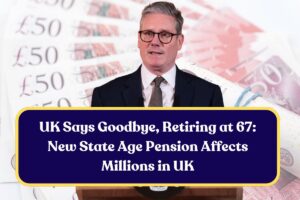
The £900 cost of living payment is typically divided into three different instalments across the year and directly deposited into your same bank account where all your benefits payments go. These payments are:
- £301 First Cost of Living Payment
- £300 Second Cost of Living Payment
- £299 Third Cost of Living Payment
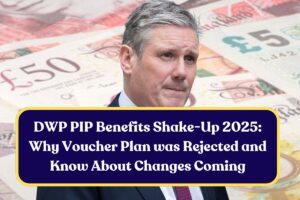
£150 Disability Cost of Living Payment
This is the one-time amount that is issued to those who are receiving one of the following:
- Personal Independence Payment (PIP)
- Attendance Allowance
- Constant Attendance Allowance
- Disability Living Allowance (DLA)
- Armed Forces Independence Payment
This benefit amount is paid automatically and separately from your regular benefits.
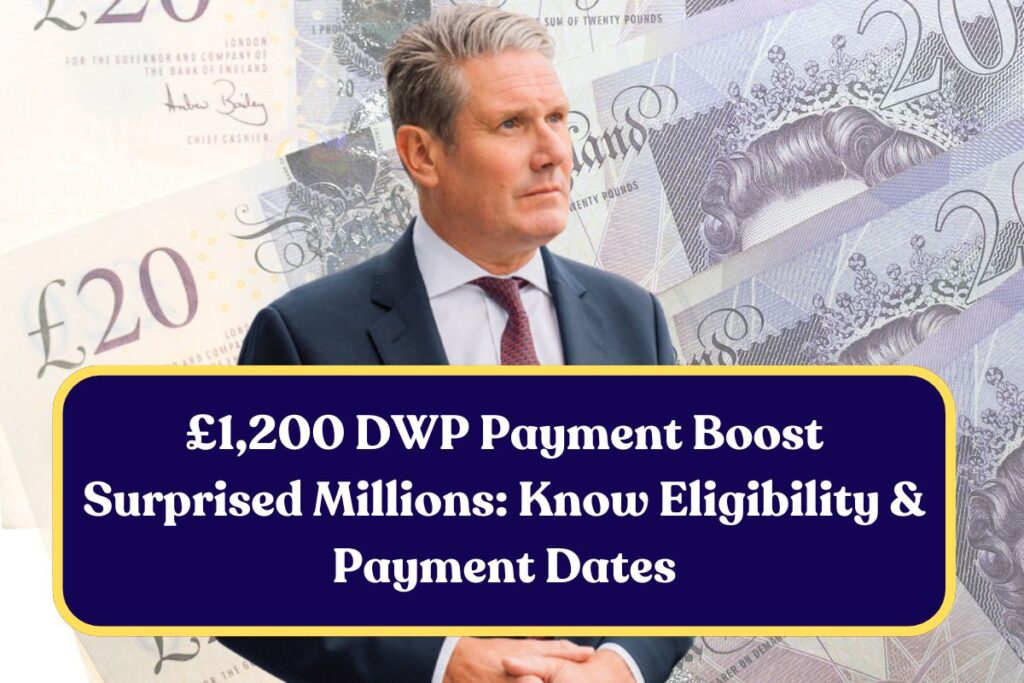
£300 Pensioner Winter Fuel Payment Top-Up
If you have a qualifying age for the state pension, which is 66 or older, and you are eligible for the Winter Fuel Payment that you will also receive a £300 top-up. This payment is usually issued between November and January and directly deposited into the account of Pensioners. If you are already receiving the Winter Fuel payment, then it is not need to apply for it.
When will You receive these payments?
The exact dates of payment depend on your situation and where you are living. Here is the general payment timeline for 2025 that is based on your previous DWP payment schedules.
| Details | Amount | Payment Schedule |
| First Cost of Living Payment | £301 | During spring (April to May) |
| Disability Payment | £150 | During summer (June to July) |
| Second Cost of Living Payment | £300 | During autumn (September to October) |
| Pensioner Payment | £300 | During winter (November to December) |
| Third Cost of Living Payment | £299 | During Spring, early 2026 (Jan to March) |
It is noted that you do need to apply for most of these payments. The DWP payment will be paid automatically into your account if you are eligible for it.
How do I check if I qualify?
Here is the checklist if you are unsure whether you are eligible or not for these payments.
- Firstly, review your current benefits entitlements that you are receiving payments of Universal Credit, PIP, ESA, or Pension Credit.
- You can also use the checker of the DWP cost of living payment through visit gov.uk to review the payment history and check if there are any updates.
- Contact or visit your local Job Centre Plus to get assistance, especially if there are changes in your situation.
- Use a benefits calculator website like Entitled Tool or UK GOV that can help you estimate your benefits.
Final Thoughts
If you are struggling with financial hardship, then this £1,200 payment boost will provide financial support. The best part is that you do not need to apply for it specifically, as you are eligible if you are already receiving eligible benefits payments. It is estimated that more than 8 million people will receive payments of up to £900, which is further divided into three different amounts.
The DWP introduced different support schemes for those vulnerable people who are facing challenges because of the rising cost of living expenses. The millions of households facing financial stress, this £1,200 payment boost is a part of a broader effort mainly for the vulnerable people. There is no need to apply for these payments directly deposited into your same bank account where you are receiving your regular benefits.
| Official Website | Click Here |
| Homepage | Moyle-Council.org |
FAQs
Will this payment continue beyond 2025?
It is still undefined as it depends on the future government policies, inflation rate, and economic climate.
How will these payments be issued?
These payments will automatically be paid into your bank account, where all your benefit payments go.
What If I Didn’t Receive my Payment?
You can wait for at least 10 working days and check your bank account history. You can also get help by contacting the DWP through an online form or by calling.
